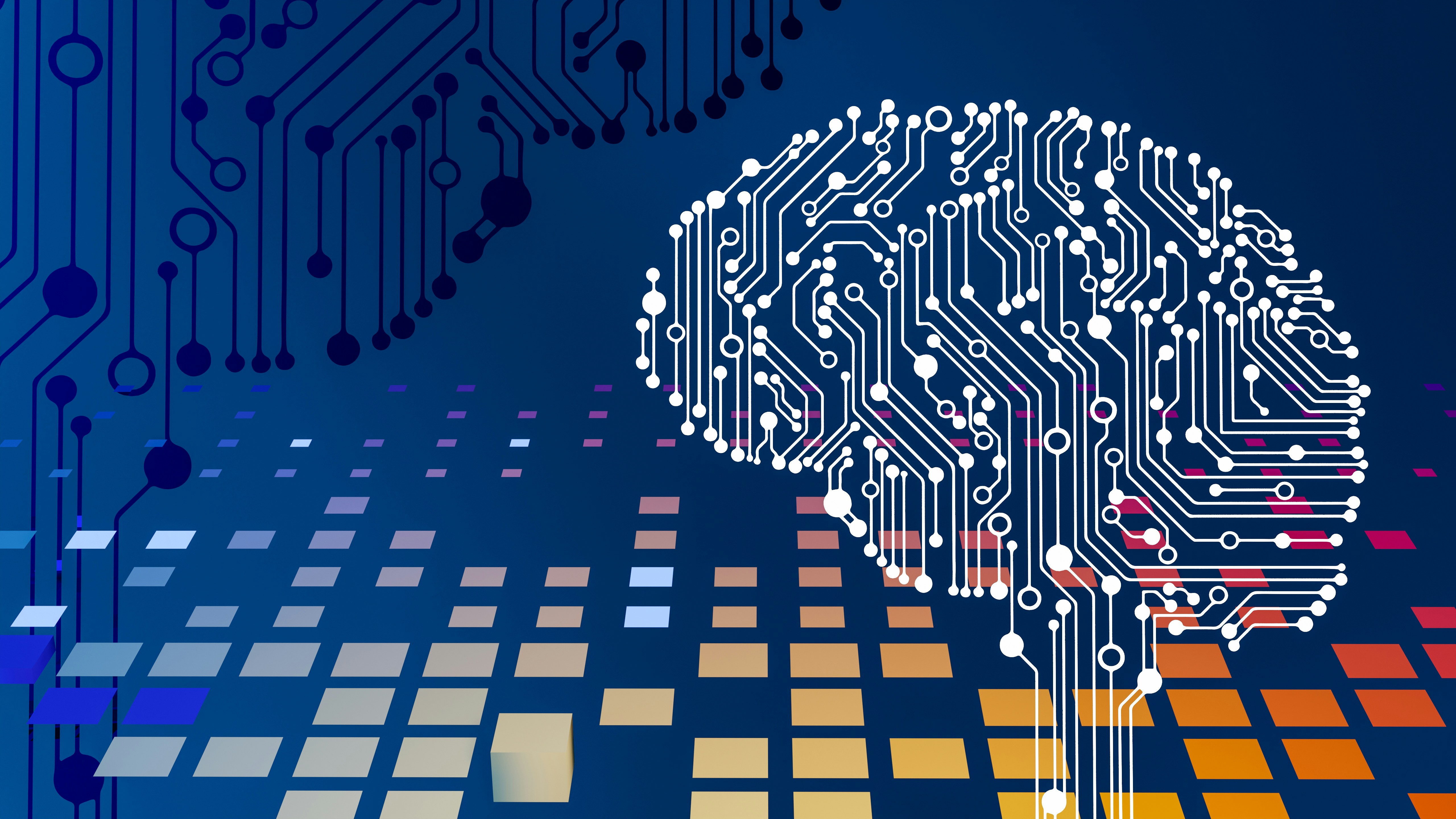
1. AI-Powered Design
Smart Personalization and Content Creation
Artificial Intelligence (AI) is transforming web design by enabling smarter, more personalized user experiences. AI can analyze user behavior in real time, adapting content and interface elements to better suit individual preferences. It’s also being used to automate tasks, like content creation, making websites smarter and more efficient.
Personalized User Experience: AI tracks user behavior, such as browsing patterns, search history, and click activity, to deliver personalized content. This leads to improved engagement and conversion rates as websites offer more relevant recommendations.
Dynamic Content Generation: AI can automatically generate content like blog posts, product descriptions, and even custom designs. This saves time and helps webmasters create fresh, relevant content without extensive manual effort.
Chatbots and Customer Support: AI-powered chatbots are being integrated into websites to handle customer inquiries 24/7. These bots can assist with basic customer support, guide users through products or services, and even handle transactions.
Why It’s Trending: AI is not only improving user experiences by delivering customized content but also streamlining the design process by automating time-consuming tasks. AI's ability to analyze vast amounts of data allows websites to predict and cater to user preferences more effectively.
Example Use Cases: AI-driven product recommendation systems, personalized content delivery on news websites, automated chat support, and AI-generated blogs and product descriptions.
2. Immersive Web Design
Enhanced User Experience with Virtual and Augmented Reality
Immersive web design is changing the way users experience the web by integrating Virtual Reality (VR) and Augmented Reality (AR) technologies. This trend aims to provide a fully immersive, interactive experience, allowing users to engage with content in a way that traditional 2D interfaces cannot offer.
Virtual Reality (VR): Websites are incorporating VR elements, which allow users to enter full-screen immersive experiences. This can range from virtual tours of real estate properties to interactive product demos, making the experience more engaging and memorable.
Augmented Reality (AR): AR is allowing users to interact with their physical surroundings through digital overlays. This is especially useful for e-commerce, where customers can "try on" products, such as makeup or clothing, or visualize how furniture would look in their homes.
Why It’s Trending: With the rise of WebXR (Web Extended Reality) technology and the increasing adoption of VR and AR devices, immersive design offers a future-forward experience that is perfectly suited for industries like real estate, education, gaming, and retail.
Example Use Cases: Virtual tours for real estate websites, immersive e-commerce product demos, and educational websites offering interactive learning environments.
3. Minimalism 2.0
Less is More, with a Twist
Minimalism 2.0 represents a modern evolution of the minimalist design trend. While traditional minimalism emphasized simplicity, the 2025 version is more refined, focusing on the subtleties of design to create an elegant, yet engaging user experience. This version of minimalism combines clean layouts, ample white space, and intuitive interfaces with thoughtful use of color and typography.
Elegant Typography: The use of sophisticated fonts and large, readable text is key in Minimalism 2.0. Well-chosen typography brings a sense of elegance to otherwise simple designs, improving readability and enhancing visual appeal.
Subtle Animations: While minimalism favors simplicity, subtle animations and micro-interactions are being used to add personality to designs without overwhelming users. These might include hover effects, small transitions, or smooth scrolling.
Why It’s Trending: As websites become more mobile-centric and user attention spans shorten, minimalism allows visitors to focus on content without distractions. It also improves website speed by reducing unnecessary elements.
Example Use Cases: Personal blogs, portfolio sites, modern corporate websites, and digital platforms like news websites or online magazines that value clarity and usability.
4. Interactive and Dynamic Elements
Engagement Through Animation and Interactive UI
The future of web design is all about user engagement. Interactive elements, such as hover effects, scrolling animations, and gamification features, are becoming integral to websites in 2025. These dynamic interactions keep users engaged and encourage them to explore further, making their browsing experience feel more active and rewarding.
Hover Effects and Interactive UI: Hover effects create a sense of interactivity and responsiveness, providing users with immediate feedback when they interact with elements on a page. This is used for buttons, links, images, and even menus.
Scroll-triggered Animations: As users scroll down a page, animations are triggered to enhance storytelling or provide visual interest. This can include everything from fading elements in and out to full-page transitions.
Gamification: Websites are incorporating elements of gamification, such as progress bars, rewards, and interactive quizzes, to increase user engagement and retention.
Why It’s Trending: Interactive and dynamic elements help create memorable experiences that keep users on a site longer, increasing interaction and engagement. This trend is especially effective for e-commerce, educational platforms, and portfolio sites.
Example Use Cases: Interactive landing pages, online quizzes or games, and creative product galleries with dynamic content and hover interactions.
5. Voice User Interface (VUI) Integration
Hands-Free Interaction with Voice Commands
Voice User Interfaces (VUI) are revolutionizing the way we interact with websites. As voice recognition technology continues to improve, more websites are integrating voice commands to allow users to navigate and interact with web content hands-free. VUI makes browsing more accessible and convenient, particularly for those with disabilities or those who prefer voice interaction over traditional methods.
Voice Search: Websites are implementing voice search capabilities, allowing users to quickly find what they’re looking for without typing. This trend is gaining traction in e-commerce, customer support, and search engines.
Voice Commands for Navigation: Websites can integrate voice commands to allow users to navigate through menus, select products, and even complete transactions using only their voice. This reduces the need for physical interaction and improves accessibility.
Why It’s Trending: As voice assistants like Amazon Alexa, Google Assistant, and Siri become more popular, users expect similar experiences on websites. Voice interfaces also enhance accessibility, particularly for those with limited mobility or other impairments.
Example Use Cases: E-commerce websites offering voice-enabled product search, customer service chatbots with voice recognition, and websites incorporating voice commands for navigation.
